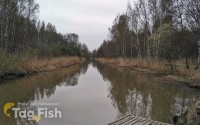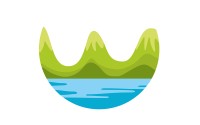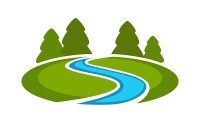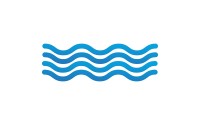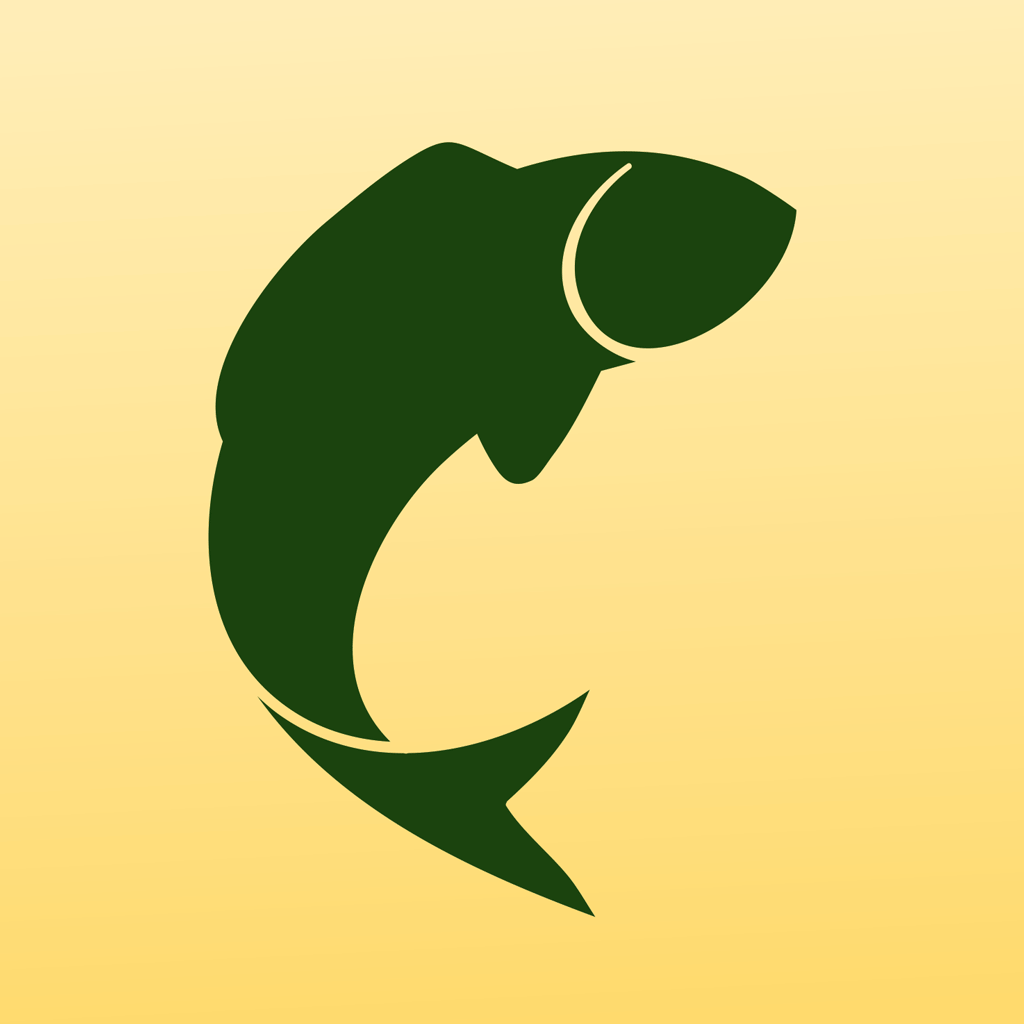Fitzroy River (Queensland)
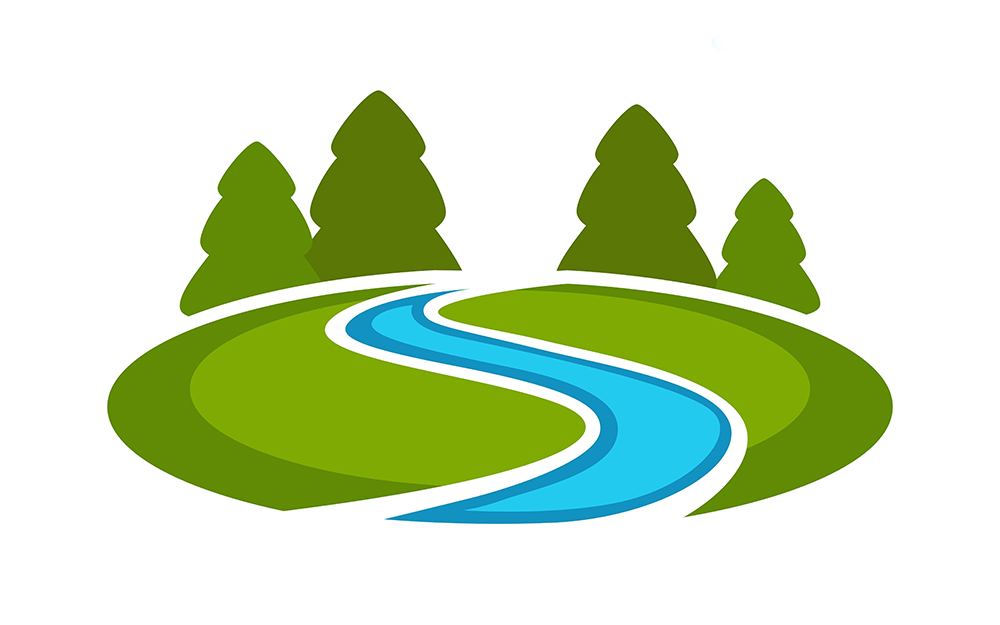
The Fitzroy River (Darumbal: Toonooba) is a river in Central Queensland, Australia. Its catchment covers an area of 142,665 square kilometres, making it the largest river catchment flowing to the eastern coast of Australia. It is also the largest river basin that discharges onto the Great Barrier Reef.
Formed by the confluence of the Mackenzie and Dawson rivers that drain the Expedition Range and the Carnarvon Range respectively, the Fitzroy River rises near Duaringa and flows initially north by east, then northward near the Goodedulla National Park. The river then flows in an easterly direction near the Lake Learmouth State Forest and parallel with the Bruce Highway through the settlement of Yaamba, before turning south to Rockhampton where the river is crossed by the Bruce Highway. After flowing through Rockhampton, the river flows south by east past the Berserker Range past Humbug Point to the south of the Flat Top Range and eventually discharging into Keppel Bay in the Coral Sea near the MacKenzie Island Conservation Park.
From source to mouth, the Fitzroy River is joined by thirty-six tributaries including the Mackenzie River – with its tributaries the Nogoa River, Comet River, Isaac River and its tributary Connors River; and the Dawson River – which has two tributaries, the Don River and Dee River.
The lower reaches of the river are home to salt water crocodiles. The most diverse range of freshwater fish in the country are found within the Fitzroy basin. The prized Australian fish, the barramundi, breeds in the river along with sooty grunter and a separate genetic strain of golden perch.

